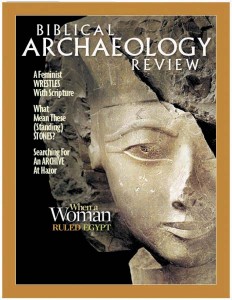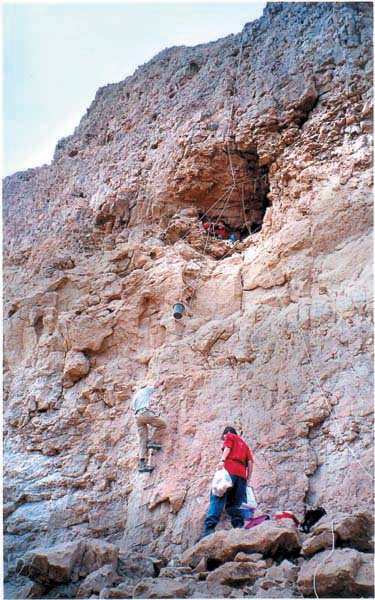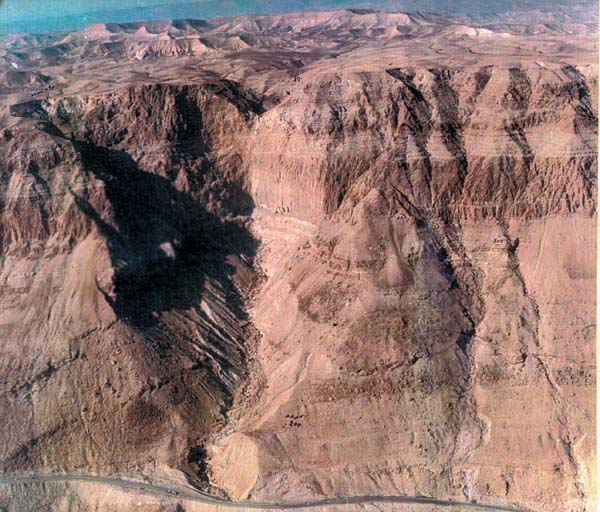The Second Jewish Revolt against Rome, also known as the Bar Kokhba Revolt after its almost legendary leader, lasted from 132 to 135 C.E. Like the First Jewish Revolt of 66–70 C.E., it was brutally crushed. But, unlike the First Revolt (in which the Temple was destroyed), there was no Josephus to record its history. For an account of the Second Jewish Revolt, we are dependent almost entirely on archaeology.
We are still not sure of its direct cause, the geographical extent of Bar Kokhba’s command, whether his territory included Jerusalem, or the magnitude of the Roman reaction.
What we do know of the Second Jewish Revolt was sparked in a curious way by the discovery of the Dead Sea Scrolls in 1947. The scrolls discovered at that time and in the years thereafter produced texts from the fourth century B.C.E. to 68 C.E., when the Romans destroyed Qumran on their way to Jerusalem. The treasures of these caves, however, naturally led to the exploration, both by Bedouin and by scholars, of other caves north and south of Qumran, especially caves in wadis that lead into the Dead Sea.
Already a library member? Log in here.
Institution user? Log in with your IP address.



